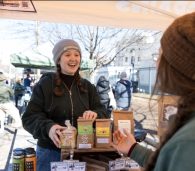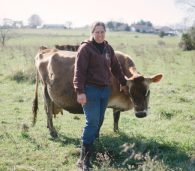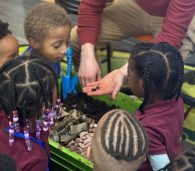Food Is Medicine: Takeaways From the Health and Human Services Summit

FRESHFARM’s FoodPrints had the privilege of being a distinguished guest at the first-ever Food is Medicine Summit hosted by the Department of Health and Human Services (HHS) on January 31, 2024. In front of over 300 in-person attendees and 2,000 more online, FoodPrints 5th graders and teachers cooked for members of Congress and shared how teaching kitchens and school gardens in public schools provide them with positive experiences with nutritious food.
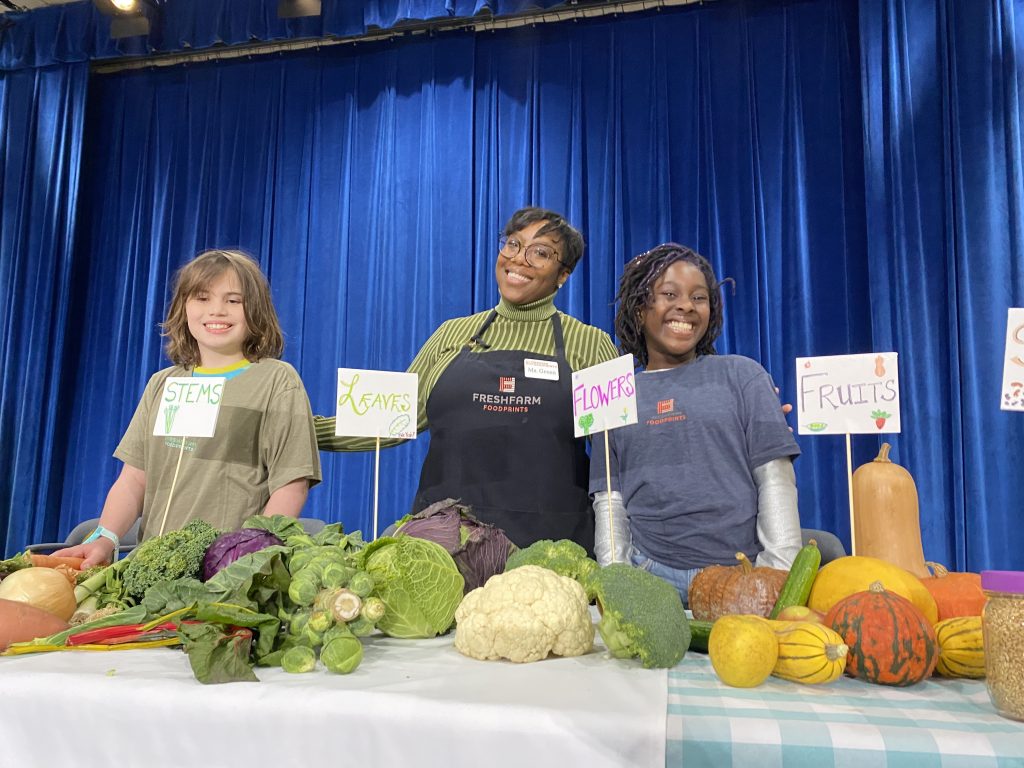 As the Executive Director of FRESHFARM, a Washington, DC-based nonprofit organization, I saw this opportunity to showcase the FoodPrints model for policymakers, members of Congress, and community organizers as an incredible honor and as a powerful validation of our mission to produce innovative community-driven solutions to address the multifaceted challenges of today’s food systems. The summit was a poignant reminder of the transformative power of food and that a holistic approach to wellness is the path to an equitable, vibrant, sustainable, and resilient food future that works for everyone. Here are my three key insights from this landmark summit.
As the Executive Director of FRESHFARM, a Washington, DC-based nonprofit organization, I saw this opportunity to showcase the FoodPrints model for policymakers, members of Congress, and community organizers as an incredible honor and as a powerful validation of our mission to produce innovative community-driven solutions to address the multifaceted challenges of today’s food systems. The summit was a poignant reminder of the transformative power of food and that a holistic approach to wellness is the path to an equitable, vibrant, sustainable, and resilient food future that works for everyone. Here are my three key insights from this landmark summit.
1. Where food comes from matters
The presence of Secretary of Agriculture Thomas J. Vilsack underscored a critical message: where food comes from matters. In most of the conversations on the healing and transformative powers of “food as medicine,” there has been limited discussion about where this food comes from. It was refreshing that the summit recognized that food as medicine initiatives should support other strategic priorities beyond healthcare, such as protecting farmland, supporting small family farms, and decentralizing the systems of production. This is a vital call to align our food choices with the health of our planet and communities, ensuring that every produce prescription we fill supports a sustainable and equitable food system.
2. Start prevention as early as possible
The Latino wisdom shared by HHS Secretary Xavier Becerra, “más vale prevenir que lamentar” – “it’s better to prevent than to lament,” struck a chord with many of us. This adage brings to light the importance of shifting our focus from the one-dimensional approach of prescribing food as medicine once health problems arise to embedding prevention into our daily lives. Effective nutrition education is at the heart of this preventive approach, particularly for our children. Witnessing the FRESHFARM FoodPrints students on stage, sharing their real-life experiences with the program while preparing a nutrient-dense salad, was a powerful testament to the transformative impact of our Grow Cook Eat Learn model. The enthusiasm and knowledge that these students exhibit around informed food choices are invaluable and positively impact them their whole lives. Our hands-on approach to food and nutrition education not only fosters a healthier relationship with food, but also sows the seeds for a healthier future generation.
3. Social innovations can grow into national movements
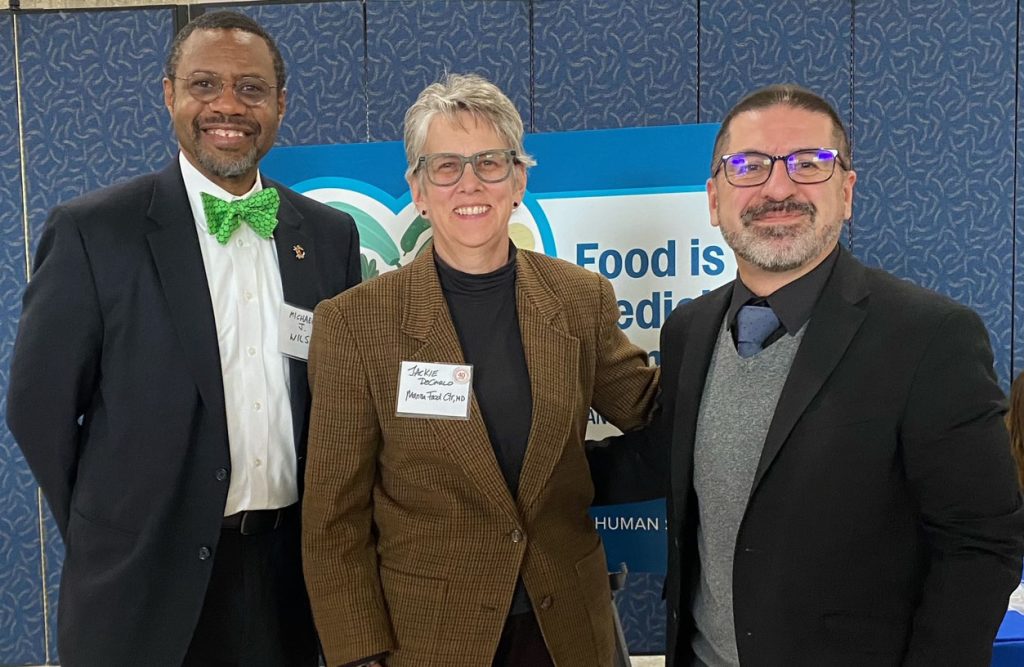
The journey from a modest initiative at farmers markets to a federal strategy underscores the power of grassroots social innovation in creating meaningful change. The beginning of FRESHFARM’s food as medicine work dates back to 2012 when patients from Unity Health Care Upper Cardozo clinic in Washinton, DC would redeem their produce prescriptions at our Columbia Heights farmers market. Inspired by Wholesome Wave, this was one of the first programs of its kind in the country and demonstrates that small, community-focused initiatives can indeed catalyze national movements. Yet, as we celebrate the scale and reach of food as medicine today, we must not lose sight of the essence that sparked this movement—community-based solutions enacted by ordinary people. True innovation comes from funding and nurturing these grassroots efforts, recognizing that monumental outcomes often stem from the efforts of community organizations working together. Without community involvement, without community buy-in, without the voices of the people at the center of these issues, none of this will work.
As we look to the future, FRESHFARM continues to find innovative solutions that center the transformative power of local food. These solutions range from FoodPrints, which brings experiential nutrition education to life for our children, to the Pop-Up Food Hub, our low-infrastructure food distribution program that makes nutritious local food accessible to underresourced communities and provides meaningful revenue for farmers. These two programs and others like them are the heartbeat of our mission, embodying the holistic approach to nourishment that food as medicine represents.
In conclusion, the HHS Food is Medicine Summit was more than a gathering; it was a loud and clear call for systemic change. At FRESHFARM, we are committed to continuing this journey, ensuring that our approach to food as medicine remains inclusive, sustainable, and deeply rooted in the community. This is how we nourish not just individuals but the very fabric of society, fostering health and well-being for generations to come.
